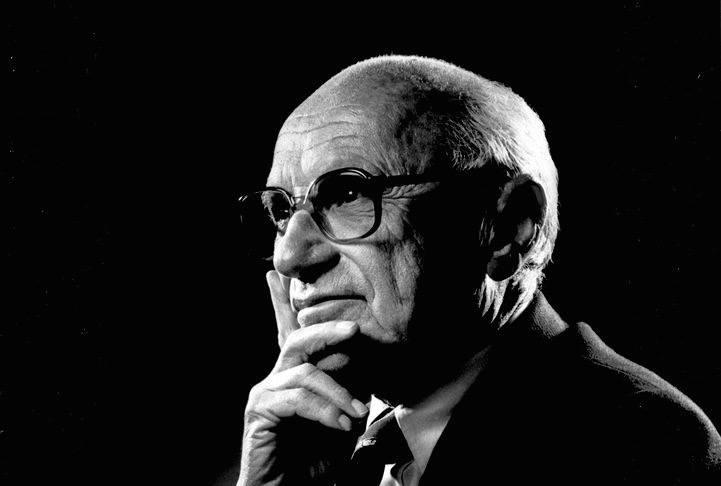For everything that San Francisco and Silicon Valley have been known for in the past – hippies, Apple, geeks and counterculture -- today, no industry defines the region more than the gig economy.
It is the Uber and Lyft cars on every block, or the incessant advertising that accompanied Proposition F – the Airbnb proposition -- in San Francisco earlier this month. Each day brings news of a new app raising money to revolutionize – or disrupt – another industry. You can now have someone wait in line for you at a restaurant, come to your home and cook dinner, or, soon, hire a "hunk" to be a stand-in date. Gigs are everywhere.
In many ways, it is the gig economy giants, more than the tech industry in general, that are fueling the city's recent boom. Uber is valued at $41 billion; Airbnb at $24 billion; and Lyft just reported an estimated $1 billion in revenue this year, an amazing nine-fold increase from 2014. Add in Taskrabbit, Postmates, Spoonrocket and the hundreds of others gig economy startups, and you have a tsunami of money flowing into the Bay Area.
Few of these companies existed in 2010, and it is their staff, more than Google, Apple, Genentech or the "old" tech giants, who are responsible for rising rents and crowded trains that are straining the region's infrastructure. The gig economy has transformed the region, but with with the recent shut-down of house-cleaning app Homejoy, there are concerns that the gig economy bubble may be about to pop.
What is the gig economy?
Firstly, what makes a company part of the 'gig economy,' the term de jour which has replaced the inaccurate 'sharing economy' hype of 2013? According to Matt Bencke, CEO of Spare5, a Seattle based on-demand service platform that pays people to provide expert insights in their spare time, this term is also rife with problems.
"I'm skeptical of the term gig economy – somewhat of a misnomer," Bencke told 3p. He believes that the term does not encompass the vast diversity, and differences, between the many apps and platforms transforming how we work. He prefers to call it a 'smart marketplace,' which he believes better represents the ideal of a technology that matches supply and demand in a way that wasn't possible in the past.
No matter what you want to call it (and gig economy is the preferred media term right now), there is no question where the gig capital is. Though many apps, like Spare5, do originate outside the Bay Area, this is where the vast majority of ideas are tested before they are released to the wider world. Thus, it is also right here in the Bay Area that we are seeing the initial impacts. And it is right here where we'll see the most pain if, in fact, we are in a gig economy bubble.
Bubble or no bubble?
For several years now, money has flowed into tech startups, many of which were getting millions to develop, test and roll-out gig apps. But Homejoy's shut down, and the subsequent layoffs at other Bay Area tech companies including HotelTonight and Twitter, gave many pause that, perhaps, this was the sign that the long-awaited readjustment was finally coming.
"I do think there is a shake-up coming – there's going to be more companies who fail in the coming months," Bencke told us.
The problem is that it may, once again, be the gig workers themselves who suffer most. Homejoy's CEO and founders pocketed significant salaries while the app was functioning, and they are likely doing fine. But the cleaners themselves? One day, they had a gig; the next day, they were without work.
"Self-employed 'taskers' do not represent an aspiring army of entrepreneurs, but are in fact the opposite: the most precarious layer of the working class, still forced to sell their labor power – the only commodity they truly own," said Adam Booth, a professor at Cambridge University, in a public forum.
Another major concern is the growth in 'unicorn,' tech companies that have valuations over $1 billion but have, mostly, not been able to prove sustainable revenue or profit sources. Many of these are "gig" companies, and it is likely that many of these companies are overvalued -- leading to concerns that there may be many more Homejoys to come.
Alternatives to the gig economy
Perhaps some bursting of the gig bubble wouldn't be bad. The system in place now is not geared to creating wealth for workers. The current iteration of the gig economy puts the power in the hands of a few, be it Uber CEO Travis Kalanick, worth $6 billion, or the three billionaire cofounders of Airbnb, or the countless mere gig app millionaires. Most of these companies are private and only responsible to their investors, or, in other words, other millionaires and billionaires. What is trickling down is little more than the leftover change, barely allowing most gig workers to make above minimum wage. (for more on this, see this #TechTitans series piece by Nayelli Gonzalez)
That is why, earlier this month, labor, technology and social activists gathered in New York for the Platform Cooperatives conference. The idea? Look at how cooperatively-owned platforms and technology could empower workers by putting them in control.
"Platform cooperativism is a way to put power back in the hands of the workers," Kristy Milland, who does gigs for Amazon Mechanical Turk, said at the conference.
In fact, there are numerous new startup, open-source, and cooperative gig and sharing platforms out there. Laz'ooz aims to be an alternative, decentralized ride-hailing system, while Loconomics is a cooperative version of Taskrabbit. All of these are new, and far from competing with Uber, Lyft or Taskrabbit, but they are providing an alternative that, if done well, could transform the gig economy.
"The shift to platform cooperativism is underway -- a shift toward a true sharing economy, one in which people co-own and co-govern the platforms they contribute to and rely on," Trebor Scholz, associate professor of culture and media studies at The New School, said in a statement.
The Bay Area, as the spot where gigs first took off, would be a great place to test these new technologies and perhaps better include workers' voices inside the technology that is meant to enrich our lives. Perhaps from the rubble of Homejoy, and the other apps doomed to fail, can emerge a better, smarter, more ethical smart marketplace for gigs where workers, not venture capitalists, are in control.
Image credit: why kei and Austin Distel via Unsplash




















